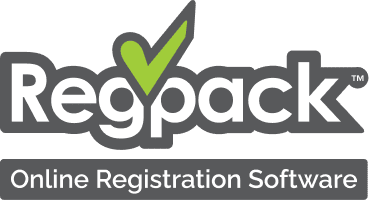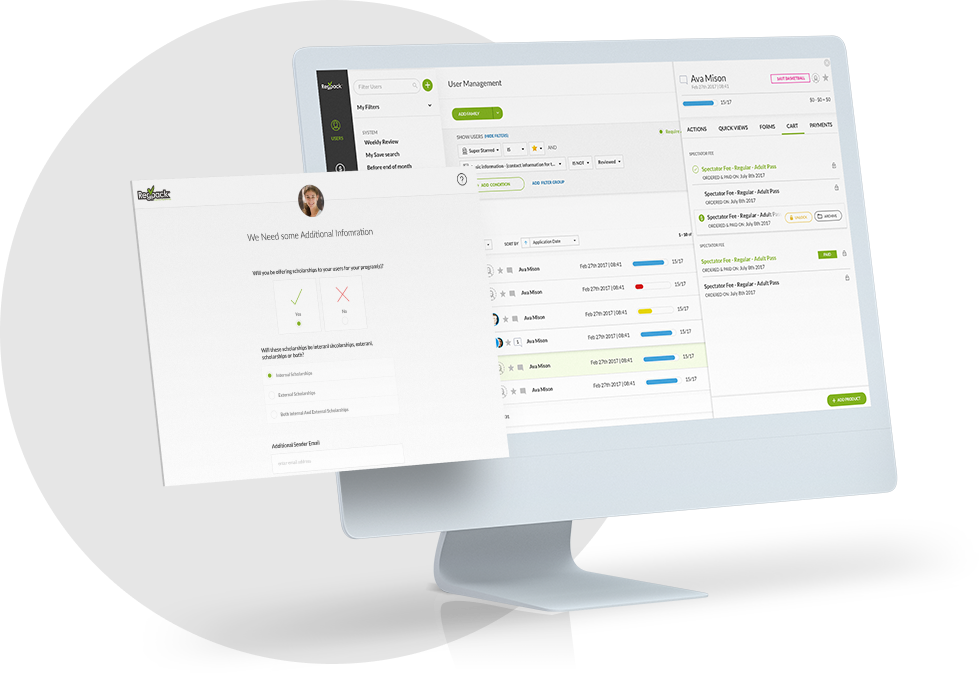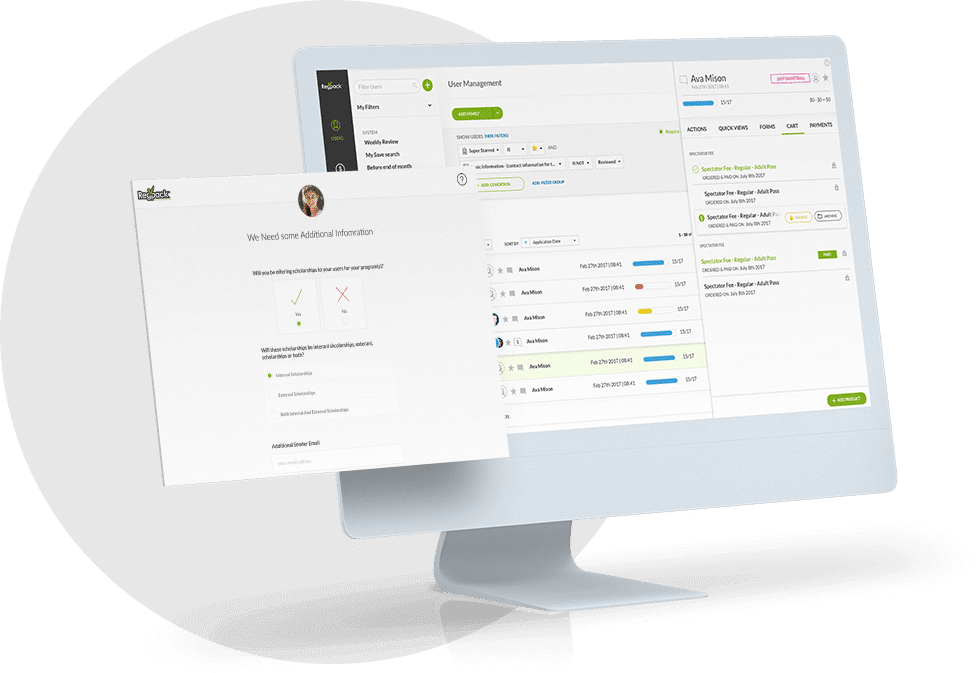Did you know that almost 86% of online shopping carts on mobile phones are abandoned? For many small businesses, customer retention rarely has a perfect, end-all solution. Instead, success in these areas requires a comprehensive marketing toolkit alongside your ongoing attention and innovation.
While a customer rewards program likely won’t change your conversion or retention rates overnight, the right resources and strategy can help positively move the needle for your business.
Whether you’re starting a new customer rewards program or restarting a lapsed one, this guide is for you. We’ll dive into four tips that can make the difference between a successful rewards program and an unsuccessful one, including how to:
- Use a catchy name.
- Make it easy to enroll.
- Reward multiple types of actions.
- Make your points valuable.
Often, it can be easy to conceptualize these suggestions but hard to put them into practice. To that end, we’ll look at how one example, Dogs for Days, a dog kennel and daycare struggling to retain its customers, could integrate these tips into its customer rewards program. Let’s dive in!
Use a catchy name.
While it may sound simple, a name—especially if it rolls off the tongue and tells you something about the program—can make all the difference to a customer rewards initiative. Your customer rewards program name should be:
- Catchy. The name of your rewards program should be easy to remember. If it’s too long or complicated, it won’t stay in people’s minds.
- Relevant. The name of your rewards program should be directly related to your rewards program and business.
- Consistent. The name of your rewards program should be the same (including its font and design when possible) wherever it’s marketed. Calling it one name in the store, another name in a social media post, and a third name in your software or customer portal will lead to confusion among both customers and staff.
Dogs For Days, for instance, might choose to brand their rewards program as Paw Points or the Very Important Puppy (VIP) Program.
Whatever you call your rewards program, we recommend running it by multiple stakeholders. Solicit feedback—or even collect name recommendations—from your staff and customers. You could even turn this decision into an engagement activity itself, asking your community to vote on their favorite of three possible name options.
Make it easy to enroll.
To have a successful rewards program, you’ll first need participants. But in many ways, this can also be one of the most challenging steps. At the first hint of difficulty or confusion in the signup process, many customers may choose not to join.
Generally speaking, customers are wary of:
- Handing out excessive information. As reputable as you may be, your customers don’t want to give your business their social security number to sign up for a rewards program. In fact, they may even be hesitant to give you their name and email address. The more information you ask for, the less likely customers will be to complete the rewards program enrollment process. Thus, consider requiring only email and name and making all nonessential fields optional.
- Using sketchy, third-party sites. People are more hesitant of scams than ever before. Asking for personal info from unknown websites is a surefire way to discourage signups. Instead, allow customers to sign up directly from your website or point of sale.
- Participating in tedious, time-consuming tasks. Don’t make customers jump through a bunch of hoops to enroll. For example, asking them to fill out a paper form and mail it in may be more steps than many customers want to take.
One effective way to avoid these enrollment barriers is to integrate your rewards program registration directly into your customer account registration process. Thus, when they sign up for an account, they can also enroll in the rewards program without going through any additional steps.
For example, Dogs for Days could leverage its dog boarding software to automatically register customers for its rewards program when they open an account to book an appointment. As a result, their customers could then track their rewards progress from an online portal and earn points whenever they book an appointment through their account. Using a software that matches your business type and allows you to build out a customized onboarding and management experience.
Reward multiple types of actions.
While rewards points are traditionally associated directly with making payments on products or services, they can also be associated with a wide range of other business-related actions. These include:
- Opening an account and adding details.
- Connecting a credit card to their account.
- Downloading an app.
- Recruiting a new customer.
- Posting a review on Google, Yelp, or Facebook.
Additionally, you can make these reward-earning actions specific to your business. For example, Dogs for Days might assign points to a customer for booking an appointment, for sharing their dog’s boarding experience on social media, and for adding their dog’s information to Dogs for Days’ online customer portal.
In general, you should offer points in return for actions that support your business. Reward customers for making it easier for you to send invoices, for marketing your services, and for signing up for additional communications. Ultimately, taking this approach makes it easier for customers to earn points and naturally participate in your rewards program.
Make your points valuable.
If your customer rewards points don’t lead to any meaningful reward, do you even have a rewards program?
Not an impactful one! If your points don’t connect to any real benefits, people won’t want to earn them, and your program won’t drive new business or retain existing customers. For points to have value, your rewards should be:
- Attainable to your average customer. In order to make your program accessible to more customers, consider offering levels of rewards. Give customers the option to regularly redeem their points for small prizes or save their points to redeem for higher-ticket rewards.
- Meaningful to your target audiences. Your customers should want your rewards. As a result, they’ll spend more money over time to reach them. Thus, tailor your rewards to be specific to your business. For example, at a certain rewards level, Dogs for Days could offer an exclusive dog toy or branded t-shirt. At another level, they might offer a discount on their boarding services.
Moreover, for your points to be truly valuable, they should also be easy to track and redeem. Don’t make your customers carry around a physical punch card that will inevitably get lost. Rather, Gingr recommends leveraging tools and software that can help you keep tabs on reward points for each customer and automatically update them whenever they’re close to hitting a reward.
Once your customer rewards program is up and running, you should keep track of relevant metrics, such as how many customers are using the program, how many are redeeming rewards, the retention rate among program members, and the overall return on investment.
Then, use the results to guide your rewards program decisions and any changes you make. For example, if Dogs for Days found that most participants were still churning, despite the new rewards program, it could decrease the number of points necessary to earn a reward or offer more ways to earn points.
Ultimately, the success of your customer rewards program rests not only in implementing the tips above but also in recognizing where it can be consistently improved over time.


















